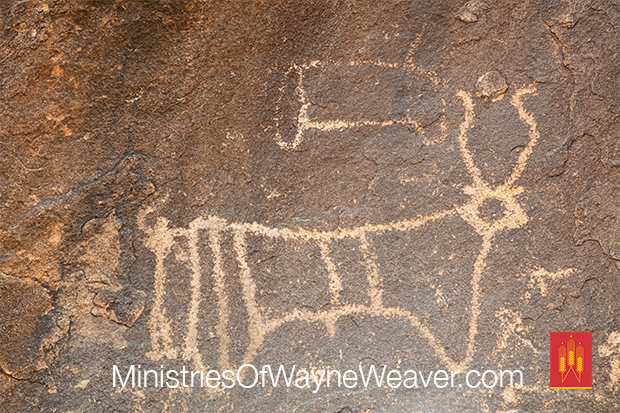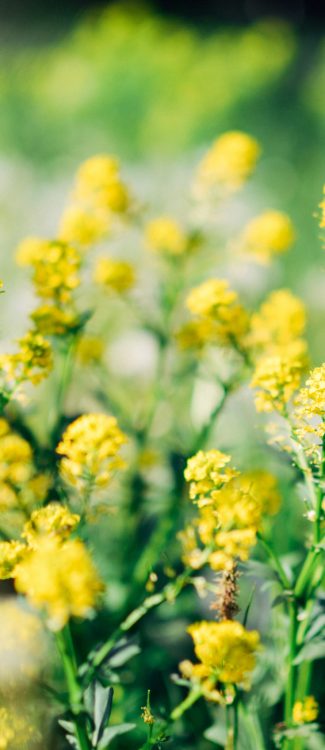The Visit to Elijah's Cave
Pastor Wayne’s Visit to Saudi Arabia
Mt. Horeb in Saudi Arabia
Below is a short video where Pastor Wayne shares his experience when he visited the place believed to be Elijah’s Cave in Saudi Arabia as described in the Biblical account.
Also, see the news story detailing other sites the group visited in the Saudi region.

Pastor Wayne Weaver had the express privilege of visiting the cave believed to be the exact location where the Prophet Elijah hid when he ran from Jezebel in 1 Kings 19.
Millersburg Businessman Joins First Christian Tour to Saudi Arabia
Businessman and Pastor Wayne Weaver of Millersburg and his son Matthew Weaver (Matthew produced an excellent video from the trip. Also posted at the bottom of this page.) of Sugarcreek, along with Matt Miller and Jeriah Troyer, both also of Sugarcreek joined the first discovery team of 25 people to be welcomed as Christians to legally visit the region believed by many to be the real Biblical Mount Sinai and Mount Horeb in Saudi Arabia. This is believed by many to be the “Mountain of God” where Moses received the Ten Commandments.
For more than 1,000 years, Saudi Arabia was closed and no visas were issued to Christian tourists. This has changed and Weaver and the rest of the team were on the very first group to be granted entrance.
According to Weaver, this is “one of the most important sites in ancient and modern history—the unveiling of the true Sinai and the Split Rock and Golden Calf Altar at Sinai.”
“They welcomed us in—even fed us in the governor’s mansion in the province of Tabuk,” he said. “It was just a grand welcome.” Weaver said we will be hearing more in the coming years and the truth that will be revealed will be noteworthy to the entire world.
While there are varying beliefs about whether Saudi Arabia, in the Midian region, is the real Mount Sinai and Mount Horeb as described in Exodus 3:1, Galatians 4:25, there are ancient documents, as well as, historical writers including Jewish historian Josephus who believed this to be true.
The Exodus of the children of Israel in the Biblical account (written in the book of Exodus) is believed by scholars and others through the ages to be the most significant event in human history. The Jewish Passover, which coincides with the death and resurrection of Jesus the Messiah, was celebrated in remembrance of the Exodus that had occurred 1,400 years earlier when the children of Israel escaped from slavery in Egypt.
The purpose of the trip was to explore and visit many key geographical areas that match the Biblical record. Specific sites the group visited include:
1. The Cave of Elijah, believed to have been the refuge where Elijah hid when he ran from Jezebel, the Phoenician princess, recorded in the Biblical account in 1 Kings 19.

They saw a special rock in the desert in Saudi Arabia believed to be the split rock where water flowed from in the Biblical account of the Children of Israel in the Old Testament.
2. The giant Rock at Horeb believed to have been the rock that split and water flowed from that sustained the children of Israel in the desert. The Patriarch Moses struck the giant rock with a rod and God caused water to flow miraculously from within, recorded in Numbers 20 and Psalm 78:15.

This is one of the petraglyphs they saw engraved on the rocks in the region, which indicate the presence of cattle in the desert, which is very unusual. This artwork seems to verify that this is very likely the location of the Golden Calf Altar.
3. The Golden Calf Altar along with petraglyphs, which are ancient etchings on the rocks of cattle. The cattle etchings are very curious since this area is an arid rocky desert which, as far as natural habitat, is virtually uninhabitable for cattle. These drawings further seem to confirm this to be the exact location of the Biblical account, recorded in Exodus 32. Furthermore, the cattle etchings match the specific artwork from the bull cult who worshiped the Apis calf and the goddess Hathor, which were deities in ancient Egypt, where the children of Israel had lived before moving to this desert region.
Also, in this exact same area there are still rock formations in excellent condition that obviously served as a livestock chute. The chute leads to a formation of rocks that seem to depict an altar, and all this is in the exact region where God asked Moses to sacrifice.
4. The mountain believed to be Mount Sinai has a burnt-looking effect around the summit of the mountain which coincides with the Biblical account when the presence of God descended upon the mountain in fire and the smoke billowed up from it like smoke from a furnace, according to Exodus 19.
5. Local bedouin people refer to the mountain as Jabal Mousa or Mountain of Moses. This tradition, of course, dates back thousands of years. This reference in the local tradition and the Biblical reference are in agreement.
6. Another important site is the burial Caves of Midian, also known as Jethro’s tombs, in the land of Midian. Jethro, in the Biblical account in Exodus 18, is the father-in-law of the Patriarch Moses.
7. Magna is an ancient city close to Albad (Ancient Midian) and is home to a water spring, and according to local tradition called Moses’ Spring. Tradition has it that Moses lived in this area during his 40-year exile.
Others in the tour group included New York Times bestselling author, Joel Richardson, an internationally recognized expert on Biblical prophecy, the Middle East, and Islam. Also, Ryan Mauro, a National Security Analyst and Director of the Clarion Intelligence Network who has regularly appeared on Fox News, plus, a delegation from Gateway Church of Dallas Texas, and others.
Jim and Penny Caldwell of Split Rock Research Foundation, who worked in the gas and oil fields in the Saudi Arabia region, were influential in the original research and documentation which became the subject of much debate and controversy regarding the authenticity of the region in matching the evidence with the Biblical account.
The trip was led by Living Passages Travel Agency of Coeur d’Alene, Idaho.

Access to the working of miracles—by faith
The faith available to everyone—everyone who believes.
When Wayne Weaver would read about ‘faith like a mustard seed’ in the Bible he always dismissed it as unattainable—until he began to take a closer look.
The Lord opened his eyes to see the deeper meaning.
This deeper understanding became the portal to a deeper faith—a faith to work miracles. The same kind
of faith that prevails against mountains.
Matthew Weaver’s video he created from trip footage and studio narration.


